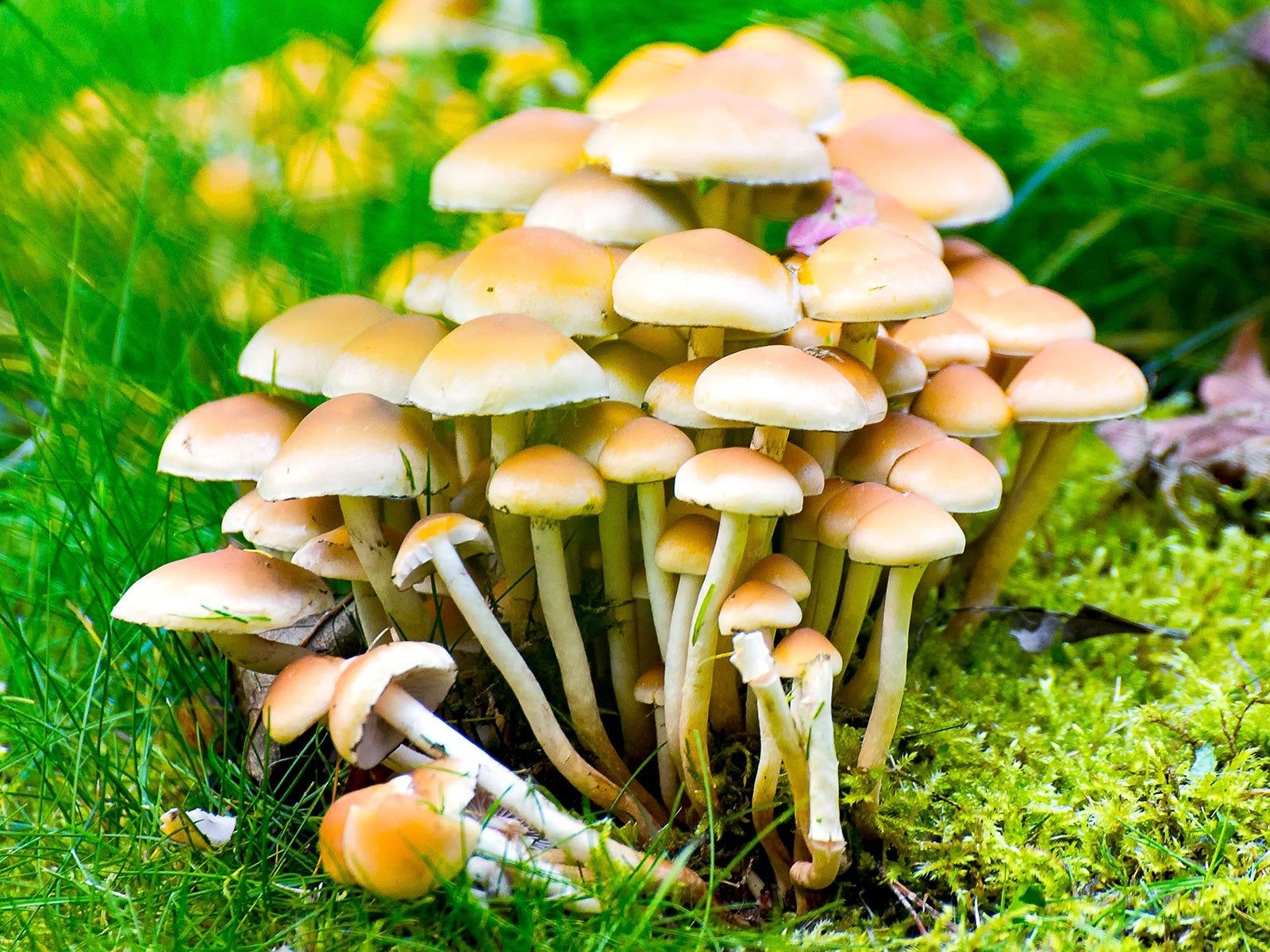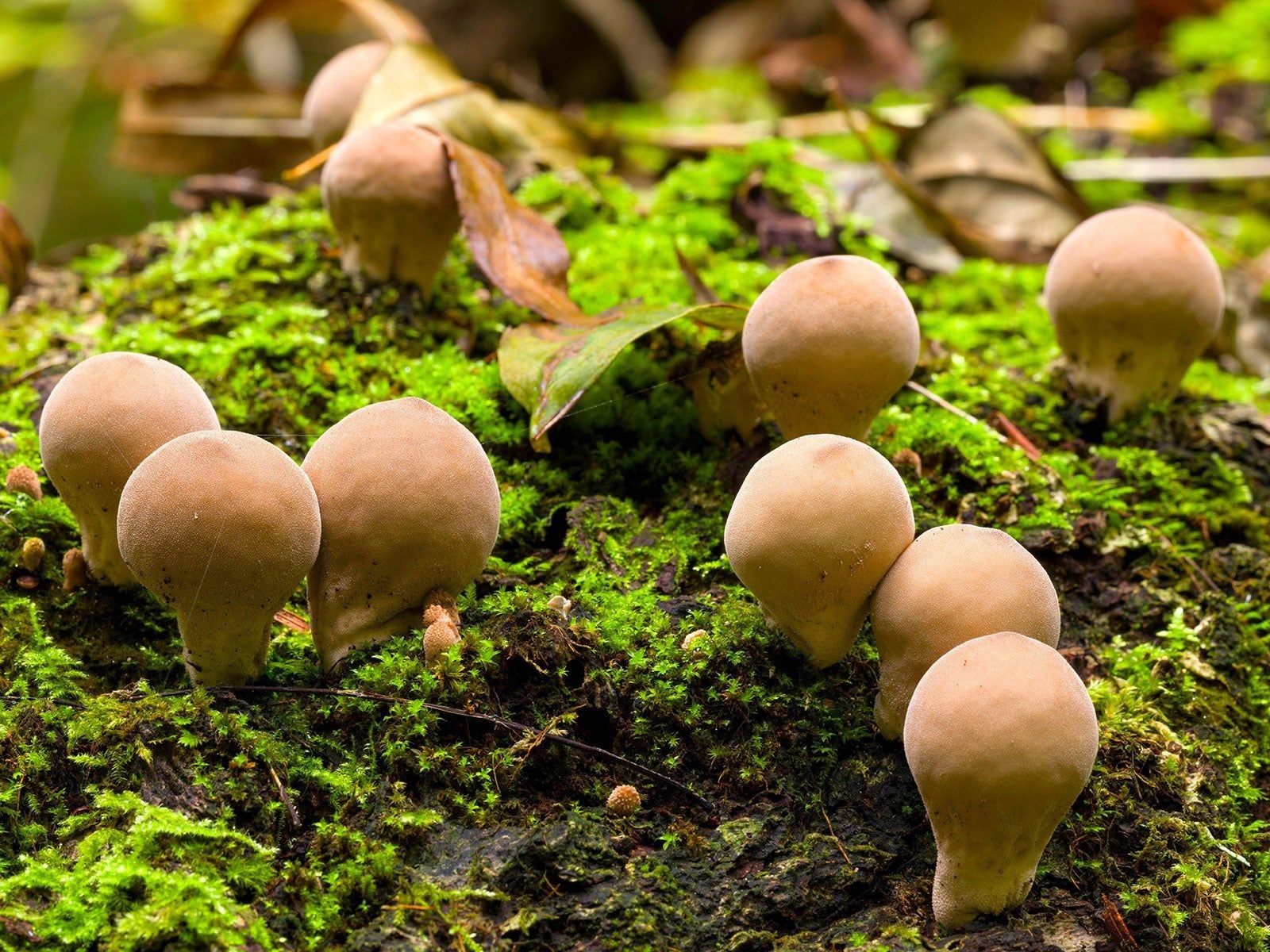No products in the cart.
NEWS
Mushrooms in Your Garden: Understanding and Managing Them
Finding mushrooms unexpectedly popping up in your garden can be quite a surprise, sometimes even a little unsettling. While some people cultivate mushrooms deliberately, seeing wild fungi emerge can make you wonder about the health of your soil and overall growing conditions. These unplanned guests can also pose a safety concern, especially if you have curious children or pets who might try to touch or taste them. However, these garden mushrooms aren’t necessarily bad news. Often, their presence is a positive sign, indicating beneficial activity below the surface. Let’s explore why they appear and what you should do about them from an expert perspective here at Biogarden.asia.
Why Mushrooms Appear in Your Garden
Before deciding whether to remove them, understanding why mushrooms appear is key. Mushrooms are actually just the visible reproductive structures – the “fruiting bodies” – of a much larger organism: a fungus living within your soil or decaying organic matter. This fungus exists as a vast network of tiny threads called hyphae, working silently below the surface. These hyphae play a crucial role in breaking down dead plant material like old roots, leaves, mulch, and decaying wood, returning valuable nutrients to the soil ecosystem.
Mushrooms typically appear suddenly when environmental conditions are just right, providing the necessary moisture and often shade. They release spores into the air to spread, completing their life cycle. This appearance is a natural part of the decomposition process at work in your garden.
 Cluster of wild fungi mushrooms growing naturally in damp garden soil
Cluster of wild fungi mushrooms growing naturally in damp garden soil
Common Types of Garden Fungi
Identifying the specific type of mushroom in your garden can be interesting, though positive identification of toxicity is difficult without expert knowledge. Most common garden mushrooms are saprophytic, feeding on dead organic matter. Here are a few types you might encounter:
- Bird’s Nest Fungi: Distinctive, resembling tiny nests filled with ‘eggs’ (spore packets). They are harmless, though not edible.
- Ink Caps: Often conical when young, these mushrooms liquify into an inky substance as they age.
- Puffballs: Appearing as round or pear-shaped balls (often white or beige) that release a cloud of spores when disturbed. Size varies greatly.
- Stinkhorns: Easily recognized by their shape and strong, unpleasant odor, which attracts insects for spore dispersal.
- Toadstools: A general term often used for mushrooms considered inedible or poisonous, typically cap-and-stem types.
- Slime Molds: While not true fungi, they often appear in similar conditions as gooey, sometimes colorful masses. They are generally harmless to plants but can look alarming.
 Pear-shaped puffball fungi mushrooms growing in garden mulch
Pear-shaped puffball fungi mushrooms growing in garden mulch
Deciding Whether to Manage Garden Mushrooms
The sight of mushrooms might make you wonder if something is wrong with your soil, but surprisingly, these fungi are usually a sign of a healthy, biologically active soil ecosystem. The fungal networks (hyphae) are essential decomposers, breaking down organic matter and making nutrients available to your plants. Some soil fungi form beneficial relationships with plant roots called mycorrhizae, enhancing nutrient and water uptake and even protecting roots from diseases. So, from a plant’s perspective, garden mushrooms are often beneficial indicators of fertile soil.
However, the primary reason you might choose to manage or remove garden mushrooms is safety. Given the difficulty in identifying poisonous species without specialized knowledge, removing them is a wise precaution if young children or pets frequent the area, as they might try to touch or ingest them. Very large growths or slime molds can also sometimes smother small plants, requiring removal for plant health.
Practical Steps to Manage Mushrooms
If you decide to remove the mushrooms, perhaps due to safety concerns, manual removal is the recommended method – common fungicides are ineffective against the main fungal body underground. Simply pick, mow, or rake the mushrooms. Wearing gloves is a good idea. You can discard them in a sealed bag for trash collection or deep within a hot compost pile if you’re certain of the species and composting temperature. A strong spray from a hose can also help break them up.
Remember, removing the visible mushroom won’t kill the fungus below the soil, so they may reappear if conditions remain favorable. To discourage frequent mushroom appearances, focus on making your garden less hospitable to the fruiting bodies. This involves managing moisture and shade: water less often or earlier in the day so the surface dries out, improve drainage in soggy areas, and prune trees/shrubs to increase sunlight penetration and air circulation. Ultimately, many garden mushrooms are short-lived and will disappear on their own within a few days, especially during drier, sunnier weather.
Conclusion
In summary, finding mushrooms in your garden is usually a natural and often beneficial phenomenon, indicating active decomposition and healthy soil biology. While their appearance can be sudden and sometimes unsettling, they rarely harm your plants directly. The main driver for removal is safety, particularly preventing access by children and pets. By understanding why they grow and taking simple steps like manual removal or adjusting environmental conditions (moisture, light), you can effectively manage their presence. Embrace the natural processes happening in your garden – they are a sign of a thriving ecosystem, which is what we champion in our approach at Biogarden.asia.



